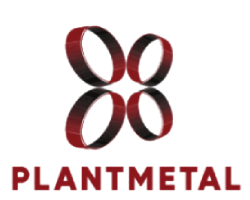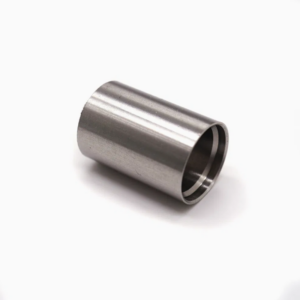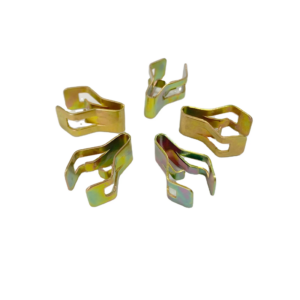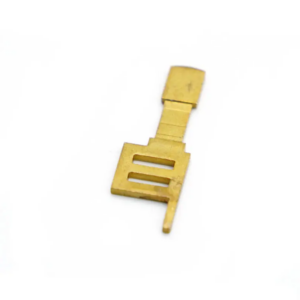When it comes to custom metal stampings, the production process is typically categorized into two types: short-run and long-run production. These terms refer to the duration and scale of production runs, each offering distinct advantages depending on your specific requirements. At Plantmetal, we specialize in both short-run and long-run metal stamping services, helping you choose the most suitable approach based on your project’s needs, budget, and timeline. Whether you need a small batch of precision parts or are gearing up for mass production, we have the capabilities to deliver exceptional results.
In this blog, we will explore the benefits and applications of both short-run and long-run metal stamping, offering insights into the factors that can help you make an informed decision for your manufacturing process.
What Is Short-Run Metal Stamping?
Short-run metal stamping is a versatile process used to produce complex metal components in smaller quantities. Typically, short-run production involves manufacturing fewer than 5,000 parts, with production cycles lasting up to six months. This method is ideal for industries or projects that require a limited number of precision parts, quick turnaround, and reduced tooling costs.
The Key Advantages of Short-Run Stamping:
- Cost Efficiency: While tooling and labor costs are still a factor, the material costs are significantly reduced, making short-run stamping an affordable choice for small batch production.
- Quick Turnaround Times: Short-run productions are completed faster than their long-run counterparts, allowing businesses to meet tight deadlines without compromising on part quality.
- Reduced Material Waste: Short-run stamping uses minimal materials, which reduces excess waste compared to other manufacturing techniques like fabrication or machining.
- Flexibility: Short-run stamping is ideal for prototype testing and design validation. This is particularly beneficial for industries that need to refine part designs before moving on to larger production runs.
Applications of Short-Run Stamping:
– Automotive: Small quantities of custom parts such as engine components and fasteners.
– Medical: Precision parts for medical devices, housings, and surgical instruments.
– Electronics: Connectors, enclosures, and heat sinks.
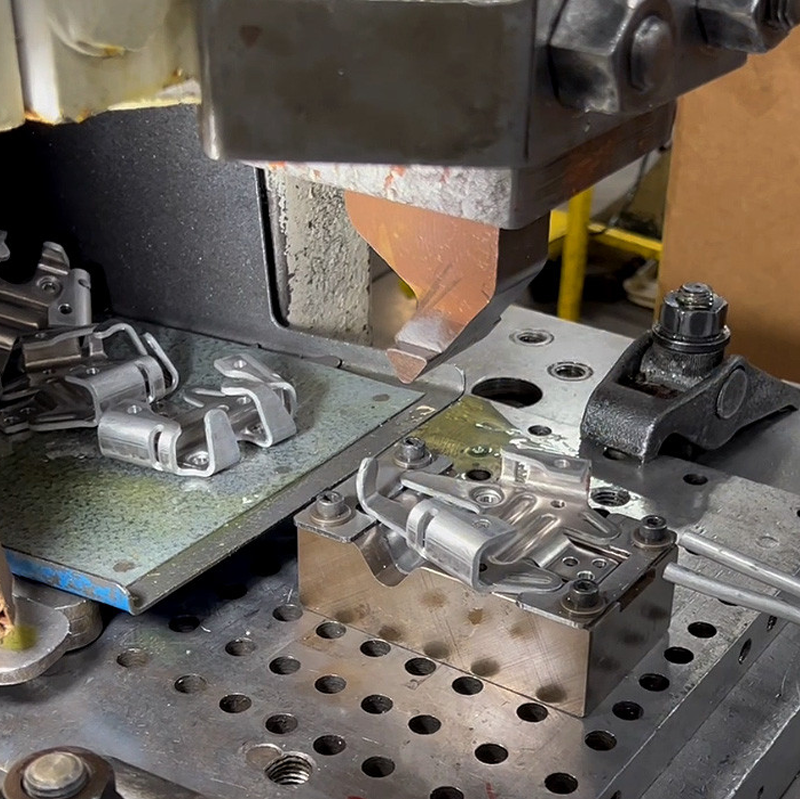
– Aerospace: Aircraft components, brackets, and fasteners.
Short-run metal stamping is also frequently used for prototype development, test runs, and one-off projects in various sectors, offering a highly flexible approach to meet the demands of specific applications. If you’re in need of custom parts with unique specifications, short-run stamping could be the perfect solution.
What Is Long-Run Metal Stamping?
In contrast, long-run metal stamping is designed for high-volume production of components that need to be manufactured in large quantities. Production runs for long-run stamping typically exceed 5,000 parts and can extend over six months to a year. This method is ideal for industries where high-volume, cost-effective manufacturing is a priority, with production rates reaching up to 800 parts per minute.
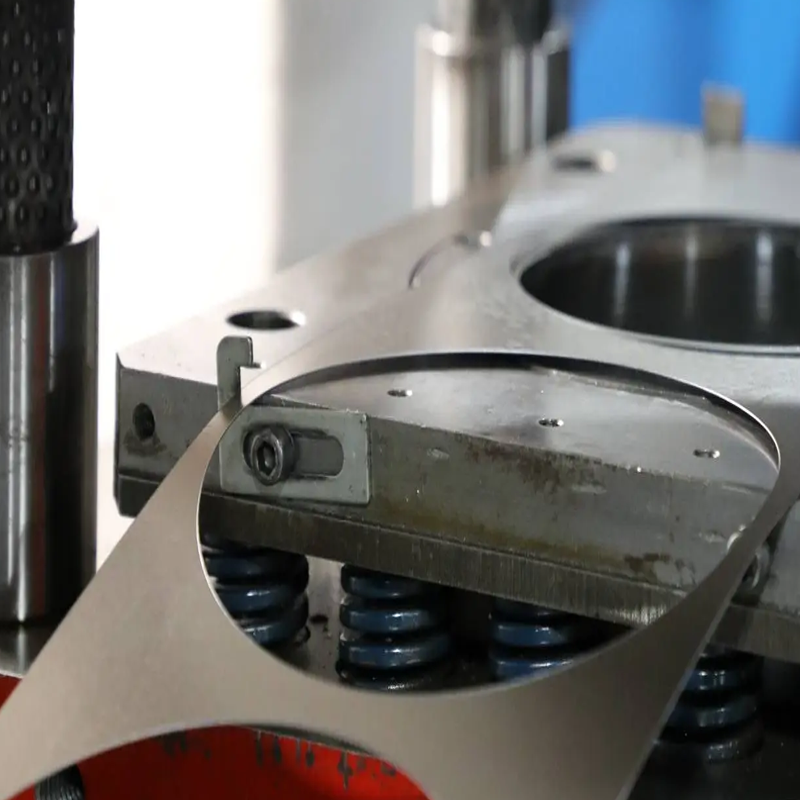
The Key Advantages of Long-Run Stamping:
- High-Speed Production: Long-run stamping processes enable the rapid production of large quantities of parts, making it an optimal choice for industries with consistent high-demand needs.
- Lower Per-Part Costs: As production volumes increase, the cost per part decreases. Long-run stamping often offers the best cost efficiency for large-scale manufacturing.
- Repeatability and Consistency: Long-run stamping excels at producing the same part repeatedly with high precision, ensuring consistent quality across all units.
- Durability and Strength: Parts produced in high volumes through long-run stamping tend to have better material integrity due to the continuous nature of the production process.
Applications of Long-Run Stamping:
– Automotive: Metal body panels, structural components, and brackets.
– Appliances: Housings, brackets, and complex internal components for household appliances.
– Electronics: High-volume connectors, casings, and heat sinks.
– Industrial Equipment: Parts used in machinery, construction equipment, and agricultural tools.

Long-run metal stamping is commonly used in industries where high production volumes are required, and the per-unit cost is crucial for maintaining profitability. Companies involved in mass manufacturing, such as appliance manufacturers and automotive suppliers, typically rely on long-run stamping to meet the demand for large quantities of identical parts.
Choosing Between Short-Run and Long-Run Metal Stamping
When deciding between short-run and long-run stamping, several factors must be considered, including the quantity of parts, production timeline, material choices, and budget. The right choice depends on your specific application requirements and the resources you have available for tooling and production. Here are some key considerations:
Factors to Consider for Short-Run Stamping:
– Prototype Testing: If you’re testing a new design or concept, short-run stamping allows for quick prototyping and design validation before committing to mass production.
– Budget Constraints: Short-run stamping is often less expensive for low-volume orders, especially if you’re testing new product designs or working with small quantities.
– Lead Time: Short-run production typically has shorter lead times, making it ideal for projects that require rapid turnaround.
Factors to Consider for Long-Run Stamping:
– Large Quantities: If you need thousands of parts or more, long-run stamping will provide the best cost per piece.
– Consistent Quality: Long-run stamping is the best choice for achieving repeatable, consistent production quality, especially for high-precision components.
– Tooling Investment: Long-run stamping often requires a higher upfront tooling investment but is offset by the lower cost per unit at high volumes.
At Plantmetal, we understand the challenges and requirements of both short-run and long-run stamping. Our experienced team helps guide you through the decision-making process to choose the optimal stamping method based on your specific needs.
Why Choose Plantmetal for Your Metal Stamping Needs?
At Plantmetal, we offer a range of custom metal stamping services, specializing in both short-run and long-run production. Our cutting-edge facilities are equipped with state-of-the-art machinery, including progressive dies, transfer presses, and deep-drawing equipment, ensuring that we can handle your project with precision and efficiency.
Whether you require a small batch of custom components or large-scale production runs, our team works closely with you to understand your project goals, material needs, and production deadlines. With our custom tooling and deep-drawing expertise, we deliver the highest quality stamped parts, on time, and within budget.
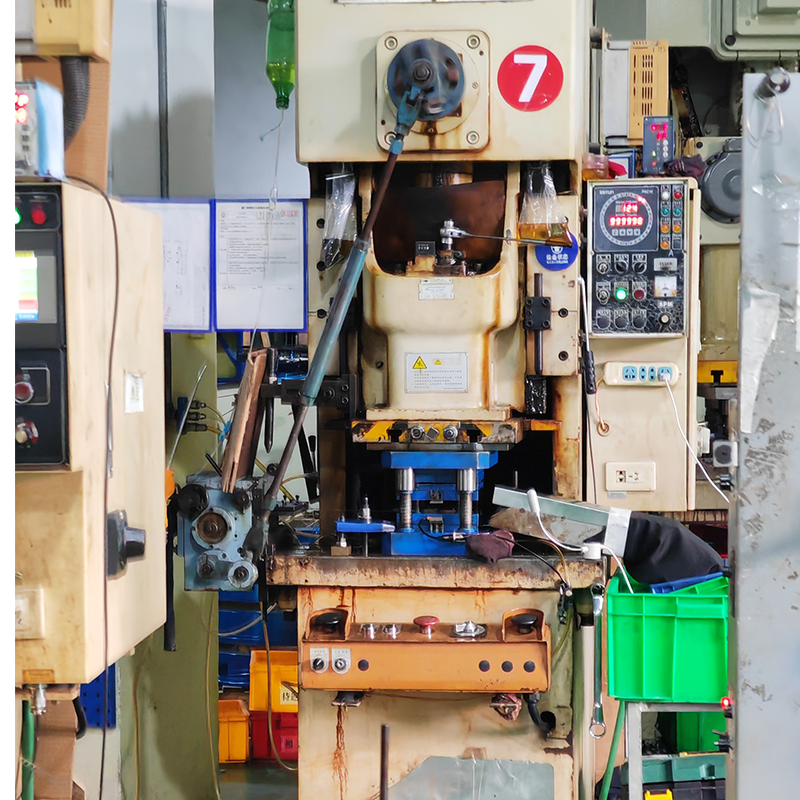
Ready to Get Started?
If you’re looking for reliable, cost-effective metal stamping solutions for your business, Plantmetal is here to help. Reach out to us today to discuss your project, get a personalized quote, and let us help bring your ideas to life with our precision metal stamping services.Contact us now to start your next project with a trusted partner in precision metal stamping.
